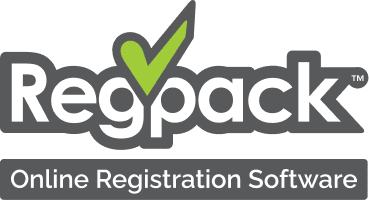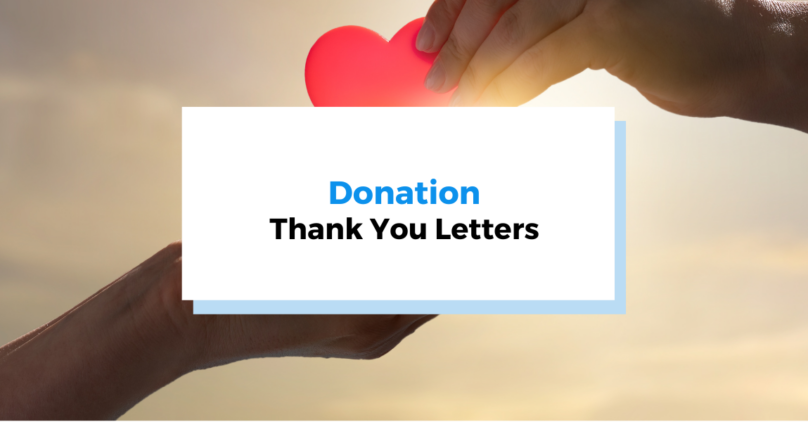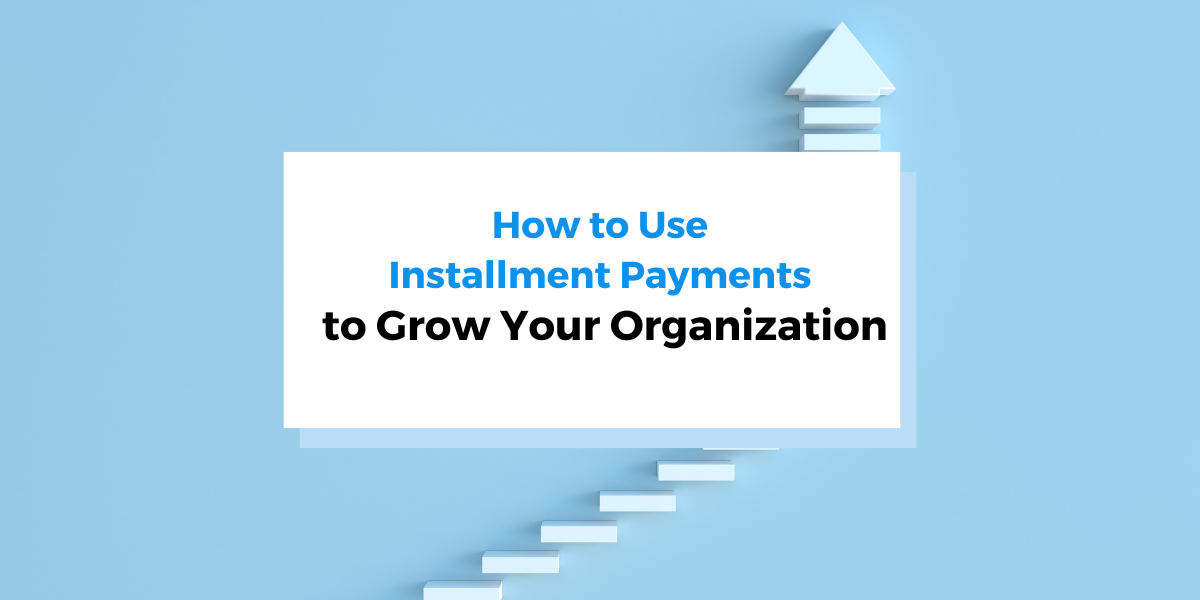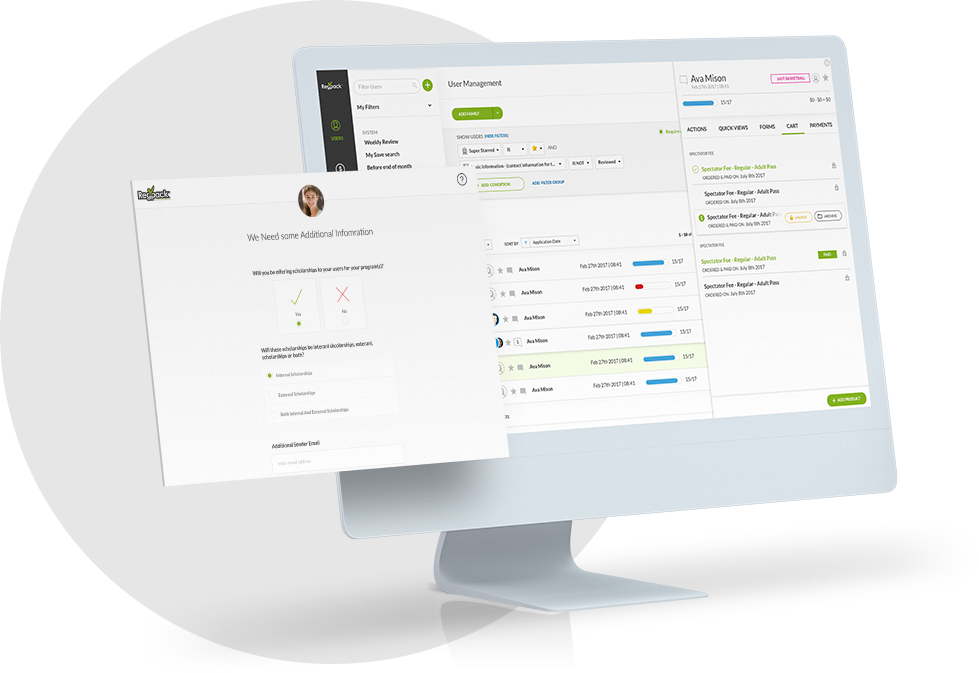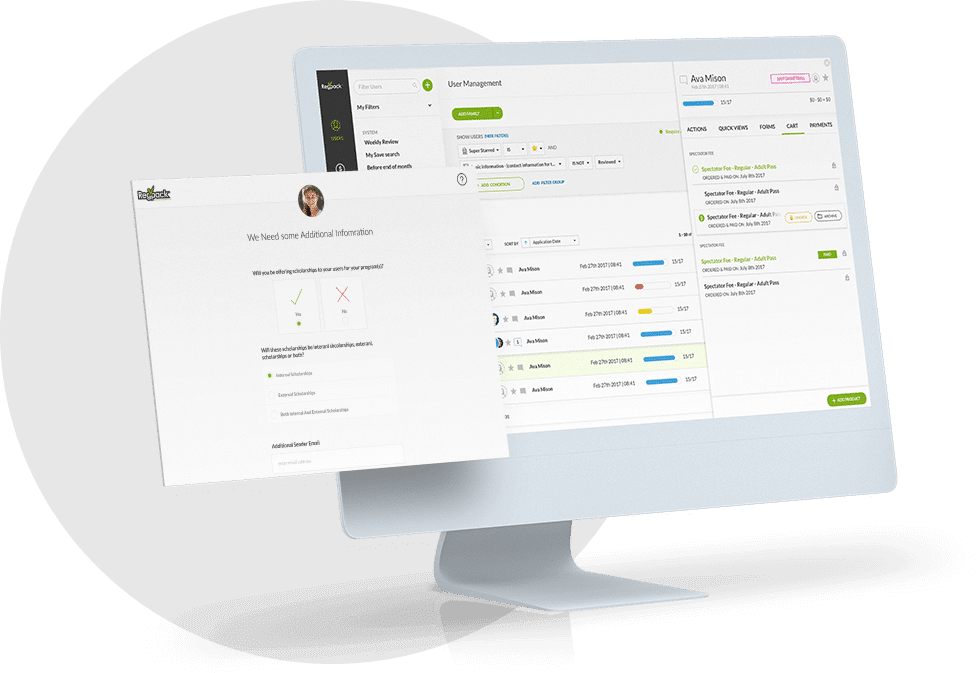When a generous donation is made towards your cause – be it a small individual philanthropist or a major corporate organization, the first critical step is to recognize this generous gift and express gratitude. After all, those who give are not just financiers but catalysts of change, contributing to the success of your mission. But in a world where digital communication is the norm and personal touch is often ignored, how can you authentically express your gratitude and make your donors feel valued? The answer lies in something traditional, heartfelt and highly effective: An articulate and sincere donation thank you letter.
The ability to craft and deliver a donation thank you letter is often overlooked. Yet, it is one of the key factors that enhances donor retention as it fosters a positive relationship between donors and your organization. A well-tiered gratitude-infused letter can leave a donor feeling truly appreciated for their act, increasing the chances of future generosity.
At Regpack, we understand the impact of donor interaction, the importance of expressing gratitude, and the underlying need for organizations to effortlessly manage their donors and their generous gifts. As a leading technology solution for organizations to effectively manage donations and their donors, we’re constantly asked questions about best practices when it comes to donor communication – and one of the most common inquiries is about how to compose the perfect donation thank you letters.
We’ve created this comprehensive guide to walk you through the steps of writing the best thank-you letters for donations. Whether you’re bidding thanks to a first-time donor or a recurring donor, it’s important to understand how your thank you letter might be their first in-depth interaction with your organization and the springboard for their continued involvement in your mission. In the coming sections, we will cover the specifics of what makes a donation thank you letter resonate with donors and how Regpack can support you in ensuring organized, personalized, and smooth communication operations.
The Importance of Thank You Letters for Donations
Donor retention – simply put, it is encouraging donors to continue donating to your organization. It sounds straightforward, yet it is one of the most challenging aspects of nonprofit management. Communicating your sincere gratitude in a well-written thank-you note is not just a polite gesture or a tick on the box of donor management processes. It is, unequivocally, one of the most important donor retention strategies you can adopt.
Let’s take a moment to step into the shoes of a donor. You’ve made a generous gift to a cause that resonates with you. However, your donation seems to have disappeared into the void – no acknowledgment, no personal touch confirming that your donation made a difference. Would you donate again? Likely not. We cannot stress enough how important it is to express your gratitude after receiving donations. By thanking your donors, you make them feel valued and appreciated, thus increasing the chances that they will donate again in the future.
When discussing donor retention, it’s important to understand who your donors are and why they matter. You have your first-time donors who just made their maiden contribution and are probably interested in your mission. Recognizing their support could turn them into repeat donors. Then, there are your major donors who can significantly support your fundraising event or annual campaign. A thoughtful thank-you note can ensure their continued financial backing. We also shouldn’t forget one-time donors or potential recurring donors. A well-crafted thank-you letter could well convert these one-time donors into regular contributors.
It is also essential to understand that the approach for each type of donor is different. For instance, a monthly donor may appreciate inclusion in your monthly newsletter or annual report to keep them updated on the ongoing projects their donations support. However, an anonymous donor may not require the same level of communication. Therefore, donor appreciation doesn’t follow a one-size-fits-all approach; it requires careful thought and personalization.
Thank you letters for donations have a positive impact on the relationship between an organization and its donors. The classics, like a carefully crafted thank you letter, never go out of style and can indeed still hold immense sway in a digitized world. Expressing gratitude, and giving a personal touch to the donor can significantly strengthen their bond with your organization.
To keep your donor database engaged and satisfied requires going the extra mile. Regpack is here to support you with your mission, making sure you don’t lose your donors to perceived indifference or communication mishaps.
Essential Elements to Include in a Thank You Letter for Donations
Now that we’ve talked about the importance of sending out thank you letters for donations, let’s cover the details of what makes a thank you letter particularly effective and appreciable. What should it include? How to balance personalization with professionalism? How to ensure that every word reaffirms the donor’s belief in your mission?
Use Your Donor’s Name
Starting with best practices, the initial goal is to make your donor feel special. Use your donor’s name in your thank you letter, turning the spotlight on them. This makes it more personal and lets the donor know that this isn’t a generic thank you letter but a note specifically crafted for them. Always acknowledge the exact donation amount or describe the in-kind donation so they know you are aware of their specific gift.
Express Gratitude
Expressing your sincere gratitude is vital, so don’t be shy about it. Relay your sentiment with sincerity, and make sure your appreciation is not just mentioned but felt. Create a personal connection with the donor by briefly mentioning how their donation has been used or will be used. This can make the donor feel they are a part of your mission.
Donation Acknowledgment Letters and Donation Receipts
In the case of monetary contributions, it is a legal requirement for tax purposes to include donation acknowledgment letters and donation receipts. This serves a dual purpose: following the regulations and illustrating transparency. But remember, the regulatory details should not overshadow the sentiment of gratitude.
Handwritten Note
Going the extra mile often yields better results. Consider giving your letter a personal touch with a handwritten note. Today’s digital era makes such physical letters rare and thus considerably more impactful. Integrate social media and direct mail as a part of your communication strategy by including a ‘P.S.’ about following your nonprofit for updates or asking them to look out for a direct mail featuring stories about the communities they’ve helped.

While these are general steps to follow in writing a thank you letter, it is essential to customize your approach based on the different donor types. Your letter should resonate with the first-time donor while also hitting the right chords with the recurring donor or major donor. A well-catered, targeted approach can indeed work wonders in donor retention. At Regpack, we value the sophistication and power of words – we’re dedicated to showing you how a thank you letter can become an ally in your fundraising campaign.
Specific Examples of Effective Donation Thank You Letters
Letter writing, especially one that conveys gratitude, is more of an art than a science. While the general guidelines provide a good starting point, nothing can substitute for the value of tailored communications. Now, let’s explore specific examples of thank-you letters for different types of donors to illustrate how you can tweak your tone, content, and level of detail to cater to the specific nuances of each donor type.
First-Time Donors
Consider the first-time donor. Imagine someone named Jane Doe who has just donated to your animal shelter. Your thank you letter could look something like this:
*Dear Jane Doe,*
*Wow! We were thrilled to receive your generous gift of $100 yesterday. We deeply appreciate your support as a first-time donor in our mission to find forever homes for abandoned animals. Thanks to your generosity, we can provide food, shelter, and medical care for our furry friends for a month.*
*With sincere gratitude, [Your Name, Your Role]*
For new donors, it’s important to express excitement about their initial contribution and directly relay the impact of their donation.
Recurring Donors
For consistent monthly donors, they need to feel that their ongoing support is recognized and valued. You might write:
*Dear [Donor’s Name],*
*It’s supporters like you who are at the heart of our mission. Your steady contributions, not just this past month’s donation of [donation amount], give us the security to plan ahead and really make a difference. We’re preparing our [annual report/monthly newsletter], and we will share some of the milestones you’ve helped us achieve. Please stay tuned.*
*Thank you again for your continued support. [Your Name and Role]*
Recurring donors should feel a connection to the ongoing work of your organization. It’s essential to communicate to them the broader impact of their continued support.
Major Donors
For substantial donations or major donors, the letter should reflect a level of appreciation commensurate with their substantial gift.
*Dear [Donor’s Name],*
*There simply aren’t words to express our gratitude for your incredibly generous gift of [donation amount]. This contribution will have an immeasurable impact on our work and the people we serve. On behalf of all of us at [organization name], thank you.*
*With humble appreciation, [Your Name and Role]*
Remember to maintain your organization’s tone and authenticity as you tailor letters to these different types of donors. And while it’s great to provide examples, avoid using rigid templates that might come off as impersonal.
How Regpack Can Help with Donation Management
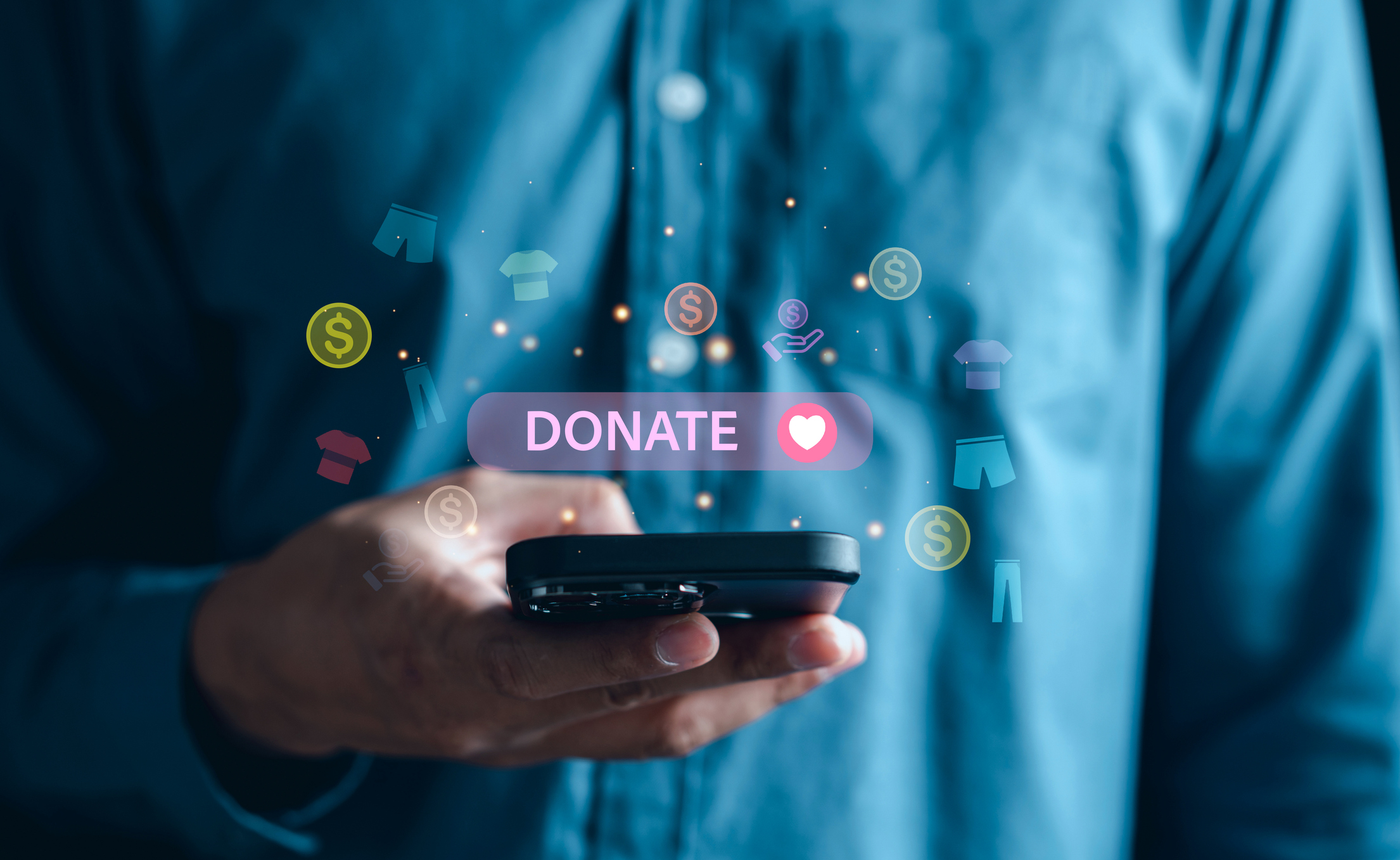
We’ve now covered the importance of thank you letters for donations, the essential elements to include, and the best means to cater your approach to different donors. But all this knowledge goes hand-in-hand with effective donor management. This is where Regpack shines, helping you juggle, connect, and maintain your crucial relationships with your donors.
Regpack’s user management system helps organize your donor database. A well-segmented and organized donor database allows you to personalize your communication more effectively, transforming your thank you letters from generic to genuinely engaging. You can quickly send personalized letters and emails to all your donors with just a few clicks.
As we have seen, donor communication extends beyond thanking your donors for their generous gifts. It also includes keeping them on all of your ongoing projects, acknowledging additional donations, and ensuring they feel connected to your organization’s work and mission. Regpack can help send out monthly newsletters and annual reports too. Our system ensures you have the necessary tools to keep your donors updated and informed, fostering a stronger, more intimate relationship between your cause and your supporters.
Regpack is more than a behind-the-scenes tool for your team – it’s a powerful ally for your donors. It supports them in feeling seen, acknowledged, and appreciated by your organization. And with our advanced features, you can automate the tedious parts of this process, so you can focus on creating heartfelt, personalized thank you letters.
From managing fundraising campaigns to facilitating seamless communication with your donors, Regpack is with you every step of the way – ensuring that the operational side of your fundraising effort does not get in the way of what truly matters: sincere gratitude, respect for your donors, and a committed focus towards your shared cause.
